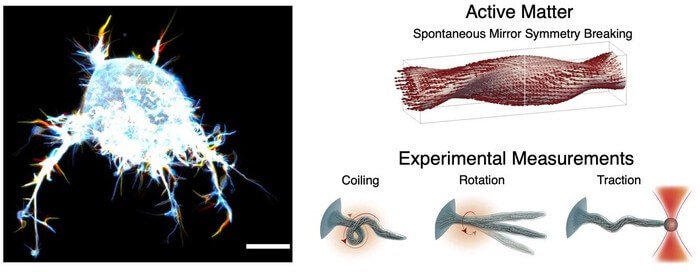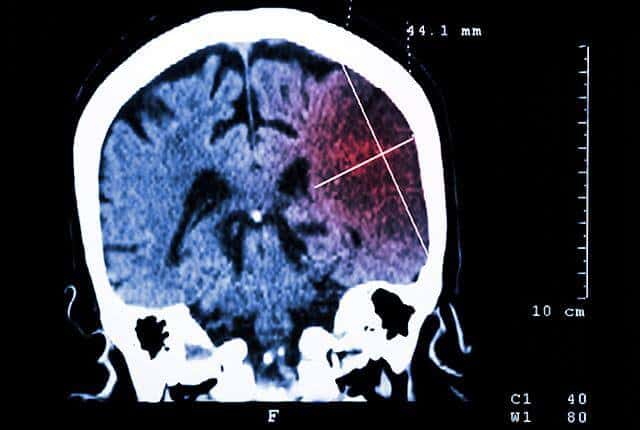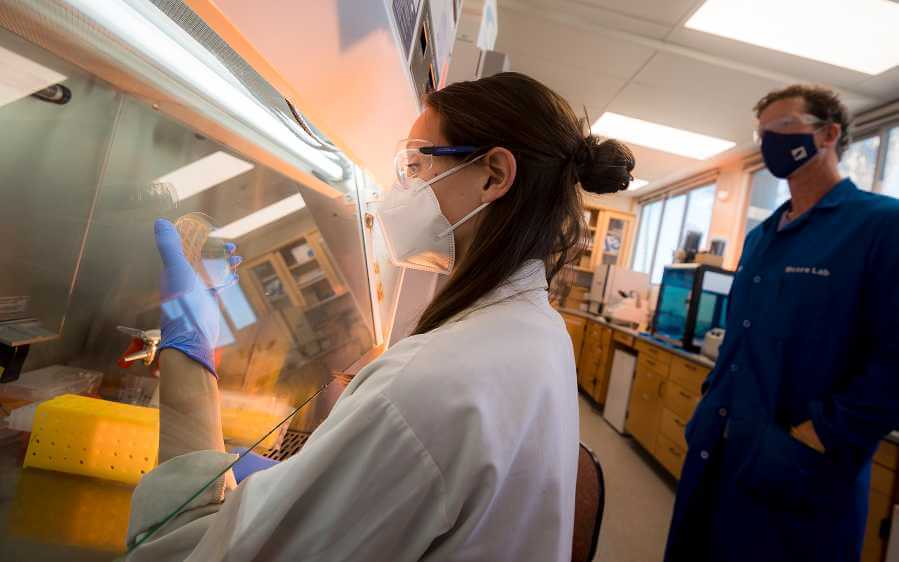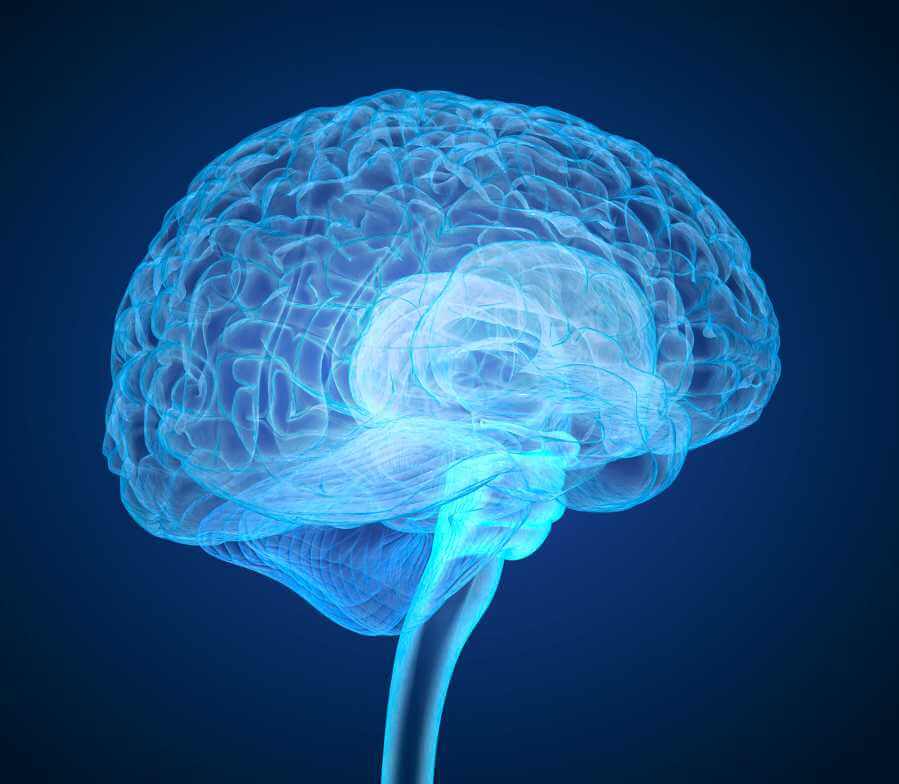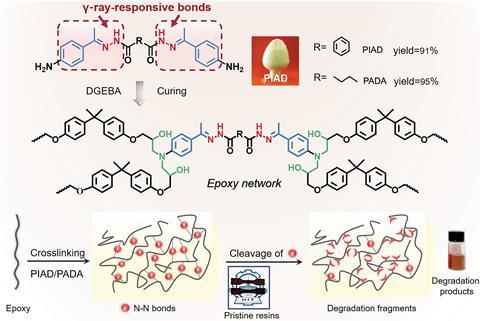With help from the best tweezers in the world a team of researchers from the University of Copenhagen has shed new light on a fundamental mechanism in all living cells that helps them explore their surroundings and even invade tissue. Their discovery could have implications for research into cancer, neurological disorders and much else. Using […]
Read More